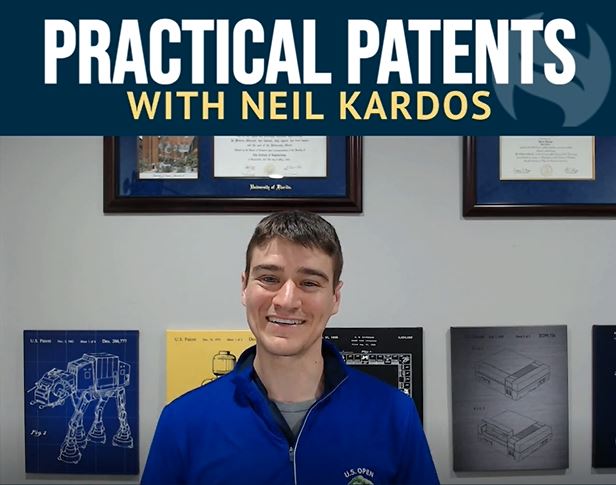Elevating the Craft of Inventor Interviews
Navigating inventor interviews without a robust disclosure document can be a daunting task for even the most experienced patent professionals. In this week’s Practical Patent series, Neil Kardos shares invaluable tips for transforming these challenges into opportunities for deeper understanding and more comprehensive patent applications.
Tip #1: Record the Call
Recording inventor interviews is a game-changer. It allows patent professionals to immerse themselves in the conversation, fully absorbing the inventor’s insights without the distraction of note-taking. This approach ensures no crucial detail is overlooked, capturing the essence of the invention in its entirety.
Tip #2: Use a Structured Question Checklist
Neil emphasizes the importance of a structured approach, beginning with high-level questions to grasp the overall concept before delving into the finer details. This technique not only clarifies the invention’s framework but also reveals its unique aspects and potential improvements.
The Kardos Questionnaire: Your Blueprint for Success
- Identifying the Problem: Understanding the specific issue the invention aims to solve sets the stage for assessing its significance and market relevance.
- Summarizing the Solution: This helps in evaluating the innovation’s practicality and its effectiveness in addressing the identified problem.
- Exploring Existing Solutions: Knowing what’s already out there highlights the invention’s unique selling points and potential competitive advantages.
- Comparing the Invention: This comparison sheds light on why and how the new invention stands out in the existing market landscape.
- Uncovering Additional Benefits: Often, inventions have secondary advantages that can broaden their appeal and marketability.
- Identifying Novelty: Pinpointing the novel aspects of an invention is crucial for determining its patentability.
- Assessing Business Value: Understanding which elements of the invention hold the most commercial potential can guide strategic patent drafting.
For process inventions, a step-by-step walkthrough reveals the intricacies of the method, while mechanical inventions benefit from a detailed analysis of component interrelations. Brainstorming sessions about enhancements and alternatives further refine the invention’s scope and applicability.
Neil’s approach culminates with an open-ended query, inviting any additional insights or overlooked aspects, ensuring a comprehensive understanding of the invention.
By adopting these strategies, patent professionals can adeptly navigate inventor interviews, laying a solid foundation for robust and defensible patent applications.
Don’t forget to come back for more tips in the next installment of the Practical Patents Series. Until next time, happy patenting!
Note: This blog post is based on the opinions and observations of the author and should not be considered legal advice. Consult a qualified patent attorney for specific guidance on patent application drafting.
Want more tips? Check out other Practical Patents videos with Neil Kardos here!

